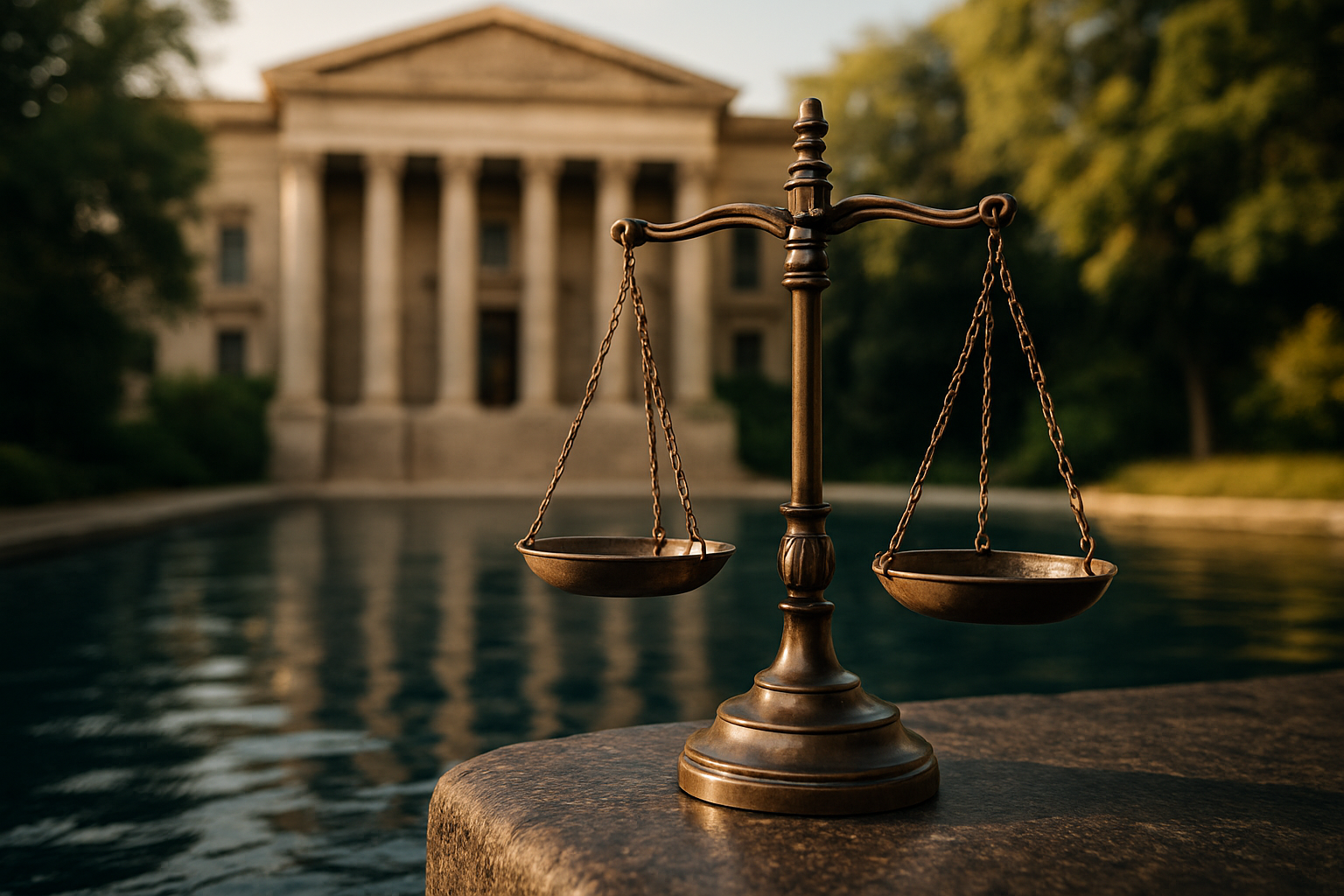The Intricacies of the Public Trust Doctrine: A Legal Perspective
The Public Trust Doctrine, a principle rooted in ancient law, continues to shape modern environmental and natural resources legislation. This article delves into the historical context, recent developments, and societal implications of this enduring legal concept.

The Genesis of the Public Trust Doctrine
The Public Trust Doctrine traces its origins back to Roman law, where it was established that certain resources like air, water, and the sea were common property and could not be privately owned. This principle was later adopted by English Common Law and eventually found its way into the legal system of the United States. The doctrine essentially posits that the government holds certain natural resources in trust for the public and has a duty to protect and maintain these resources for the public’s use.
The Public Trust Doctrine in the United States
In the United States, the Public Trust Doctrine has been primarily applied to navigable waters and the lands beneath them. The seminal case of Illinois Central Railroad v. Illinois (1892) firmly established the doctrine in American law. The Supreme Court ruled that the state could not grant a private entity exclusive rights over a substantial portion of the Chicago Harbor, as it was held in trust for the public. This case set a precedent for the application of the doctrine to protect public interests in natural resources.
Modern Applications and Developments
In recent years, the Public Trust Doctrine has been invoked in various environmental law cases. Some legal scholars and environmental advocates argue that the doctrine should be expanded to include resources like wildlife, air, and even the atmosphere, particularly in the context of climate change. However, the courts have been cautious in extending the doctrine beyond its traditional scope, and the debate continues.
Implications and Impact on Society
The Public Trust Doctrine has significant implications for environmental policy and natural resource management. It provides a legal framework for the public to challenge governmental decisions that may harm public resources. However, the doctrine’s scope and application remain contentious legal issues. Balancing public rights and private interests in natural resources is a complex task that continues to challenge policymakers and legal practitioners.
Conclusion
The Public Trust Doctrine, while rooted in ancient law, remains a relevant and potent tool in modern environmental law. Its application and interpretation continue to evolve, reflecting society’s changing relationship with natural resources. As we grapple with pressing environmental issues, the doctrine’s role in safeguarding public interests in natural resources will undoubtedly remain a critical area of legal discourse.





